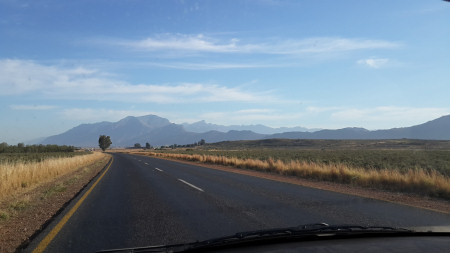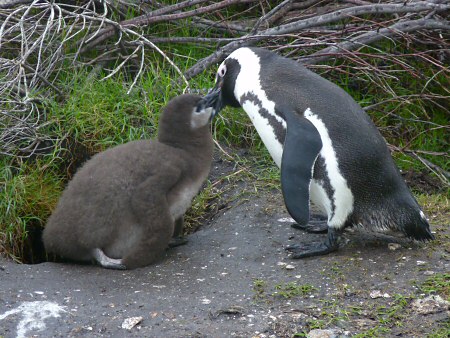Last week was my 8th blogiversary, but that was the last thing on my mind at the time. I had a horribly traumatic week: I disturbed a burglary in progress at my house, and I’m still very shaken up by the experience. I’ll tell the story here for those who want to know, and then […]

Archive for Category: Wildlife & Nature
South Africa wildlife III
South Africa wildlife II
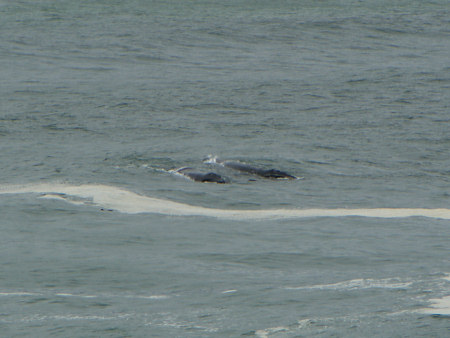
This post is part of my occasional series of photoblog posts about the wildlife and nature I see while living in South Africa. Whale photography isn’t easy. Even though whales are huge, they don’t typically come close to shore, and they don’t often reveal more than a small glimpse of their bodies above the water. […]
South Africa wildlife I
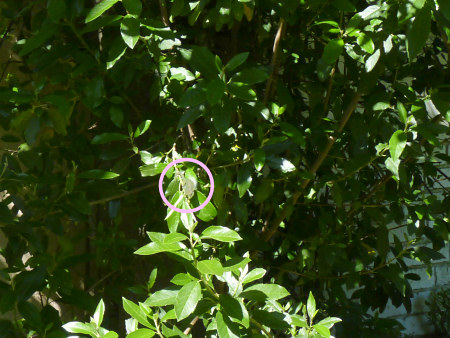
I’ve renamed my nature photoblog series from ‘Cape Town wildlife’ to ‘South Africa wildlife’, to distinguish these new occasional posts from my previous month-by-month year of wildlife posts. It’s been a long time since I last posted nature photos (9 months!), so I have a lot of special things saved up to show you, when […]
Cape Town wildlife XII
Cape Town wildlife XI
Cape Town wildlife X
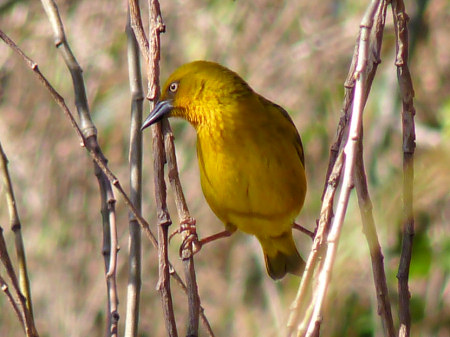
This is the tenth post in my monthly series on the fascinating nature I encounter here in South Africa. Today I’m going to show you a very special type of bird, and one with a crafty connection! Weaver birds are found throughout Africa, and what makes them special is that the males weave an intricate […]
Cape Town wildlife IX
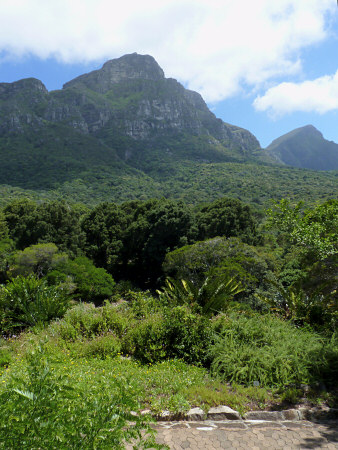
This is the ninth post in my monthly series on the fascinating nature I encounter here in South Africa. This post should be subtitled What I Did On My Holidays: over the Christmas holiday, we decided to have a stay-cation and explore the area around Cape Town with a few day trips. There’s really no […]
